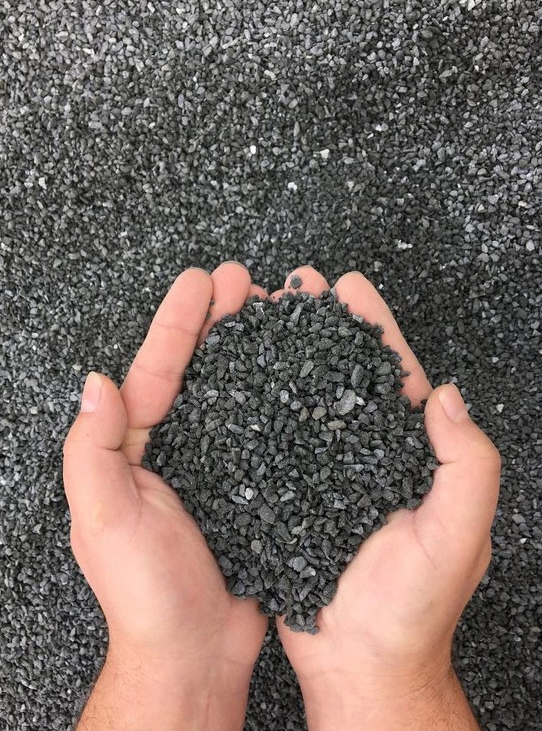
The current demand for aggregates and sand cannot always be met by the miners
 |
In southern Moravia, primarily south of Brno in the floodplains of the Svratka and Jihlava rivers, gravel is being mined on a large scale. Several quarries are operational, many have been rehabilitated, and miners are also trying to expand existing quarries or open new ones. "In the South Moravian Region, where we operate several quarries and gravel pits, we do not currently feel a shortage of crushed or mined aggregates, and we do not expect one in the near future considering the number of mining sites. However, it is not excluded that there may be a shortage of certain types or fractions of aggregates in the future," said Heidelberg spokeswoman Klára Šestáková.
A more pessimistic view is held by Zepiko's CEO Zdeněk Ohniště. "In the future, the problem will deepen. People do not want any mining near their homes. Mayors of municipalities are under pressure not to permit mining in their areas, creating legislative obstacles that effectively block future mining. A significant role is also played by targeted scaring of residents regarding floods or threats to water quality. Building authorities often permit constructions in protected resource areas, where there is a construction ban, which then makes it impossible to utilize these mineral deposits. The situation in southern and central Moravia is as complicated as in other parts of the Czech Republic," Ohniště said.
According to the spokesperson for Českých štěrkopísků, Petr Dušek, transport over greater distances is problematic in regions where quarries are lacking. "The most environmentally unfriendly aspect of gravel mining is primarily the transportation," he said. If the supply route extends to higher tens of kilometers, both the ecological burden and the price of the raw material increase. According to Dušek, the Zlín Region needs to be supplied from southern Moravia as well as from Slovakia, with transport also going to the Vysočina region. Zepiko transports raw materials a maximum of 90 kilometers, while Šestáková states that the average transport distance is 50 kilometers.
Demand in southern Moravia is currently relatively stable and is difficult to predict for the future, especially in residential construction. Conversely, infrastructural construction is expected to increase demand according to miners' forecasts. This will involve the completion of the D52 highway from Pohořelice to Mikulov, the completion of the D55 highway from Bzenec to Břeclav, the highway from Brno to the north referred to as I/73, as well as the construction of high-speed rail lines. At the same time, raw materials will be needed for the completion of the power plant in Dukovany.
It takes several years to open a new quarry, and new openings usually do not compensate for quarries that close because they have already been mined out. According to geologists' forecasts, less than half of the current 17 gravel pits in southern Moravia will remain in the 2030s, Dušek stated.
The English translation is powered by AI tool. Switch to Czech to view the original text source.
0 comments
add comment











